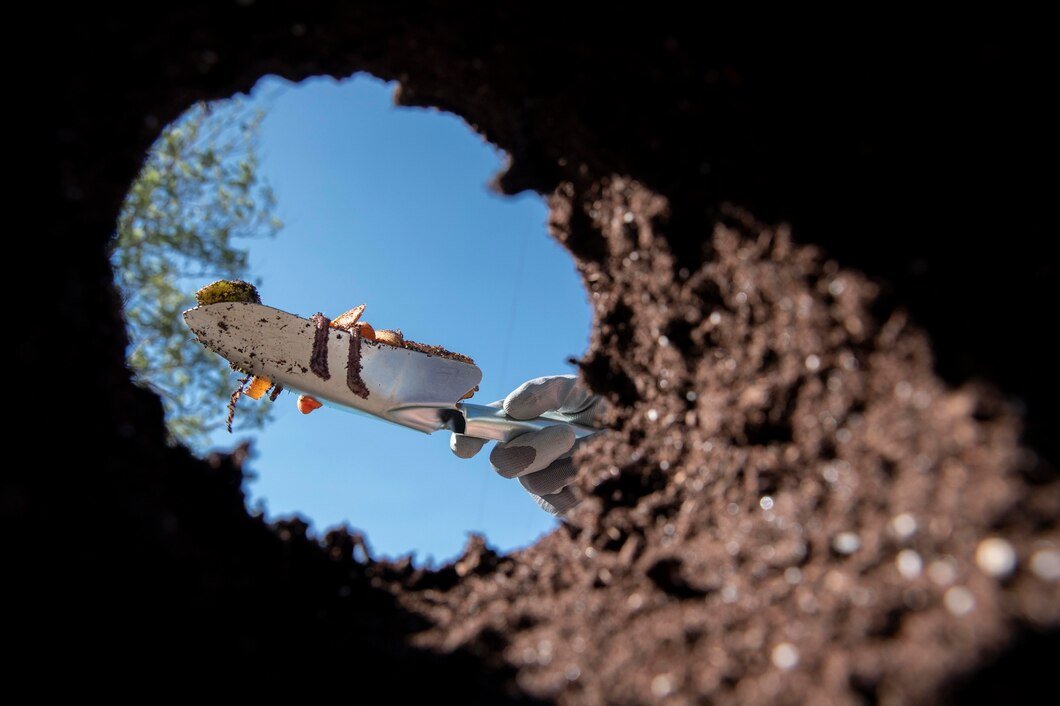HOW TO MEASURE SOIL RESISTIVITY

HOW TO DO SOIL RESISTIVITY
To measure soil resistivity, you can follow these general steps:
Equipment and Materials:
Soil resistivity meter:
This is a specialized instrument used to measure the electrical resistance of the soil.
Test electrodes:
These are metal probes or stakes that are inserted into the ground for the resistivity measurement.
Connecting cables:
These cables are used to connect the soil resistivity meter to the test electrodes.
Auxiliary equipment:
You may need items such as a mallet, tape measure, and marking flags for the testing process.
Test Point Selection:
- Choose a representative test location that is close to the area where the earthing system will be installed.
- Ensure the test point is clear of any obstructions like rocks, vegetation, or underground utilities.
- Measure the distance from the test point to nearby structures, utilities, or other significant features that may affect the soil resistivity.
Test Setup:
- Connect the cables from the soil resistivity meter to the test electrodes according to the manufacturer’s instructions.
- Insert the test electrodes into the ground at the selected test point. The depth and spacing of the electrodes depend on the type of soil and the desired depth of investigation. Common configurations include the Wenner or Schlumberger arrays.
- Ensure good contact between the electrodes and the soil. Use a mallet to drive the electrodes gently into the ground until they are secure.
Measurement Procedure:
- Follow the specific instructions provided by the soil resistivity meter manufacturer to initiate the measurement process.
- The instrument will typically send an electrical current through the outer pair of electrodes, while the inner pair of electrodes measures the resulting voltage drop.
- The meter will calculate and display the soil resistivity value based on the voltage and current measurements.
- Take multiple measurements at different depths or electrode spacings to obtain a representative average resistivity value.
Data Analysis and Interpretation:
- Record the resistivity values obtained at each measurement point.
- Analyze the data to determine the average soil resistivity and identify any variations or anomalies in the soil profile.
- Consider the geological characteristics of the site, such as soil type, moisture content, and presence of rocks or other geological formations, as they can influence the resistivity measurements.
- Use the obtained soil resistivity values as input for the design of the earthing system, selecting appropriate materials and configurations to meet the required performance criteria.

Conclusion
It’s important to note that soil resistivity measurements are best performed by professionals or individuals with experience in using soil resistivity meters and interpreting the results. The accuracy and reliability of the measurements can significantly impact the design and performance of the earthing system.
